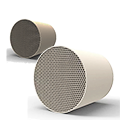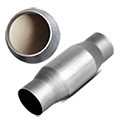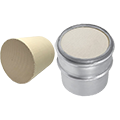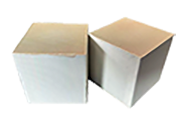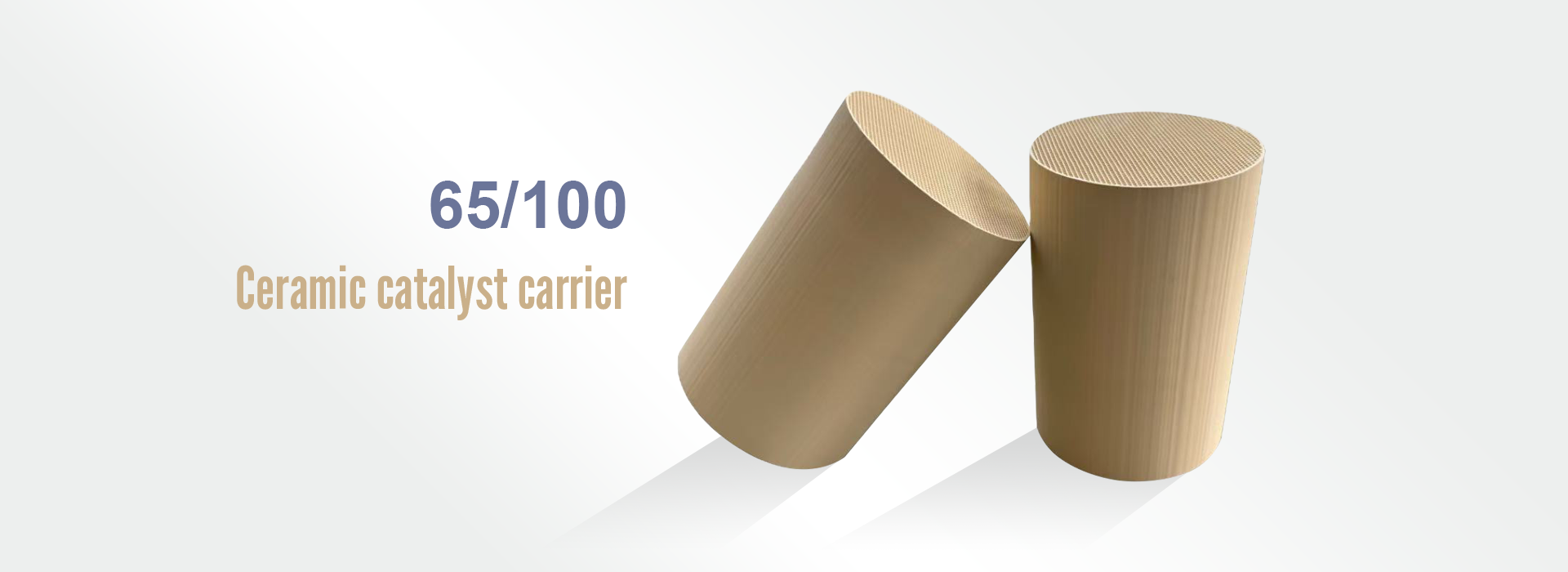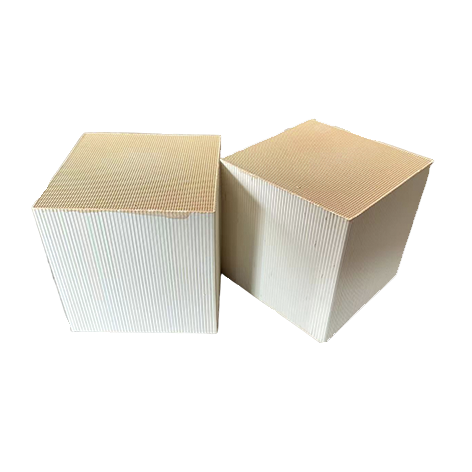Volatile organic compounds (VOCs) are compounds with a boiling point between 50°C and 250°C at a pressure of 101.32 kPa. They exist as gases at room temperature. Based on their chemical structure, they can be further divided into eight categories: alkanes, aromatic hydrocarbons, alkenes, halogenated hydrocarbons, esters, aldehydes, ketones, and others. The main components of VOCs are hydrocarbons, halogenated hydrocarbons, oxygenated hydrocarbons, and nitrogenated hydrocarbons. They include benzene series, organic chlorides, freon series, organic ketones, amines, alcohols, ethers, esters, acids, and petroleum hydrocarbon compounds.
Outdoors, VOCs primarily come from industrial waste gases from fuel combustion and transportation, automobile exhaust, and photochemical pollution.
Indoors, VOCs primarily come from combustion products such as coal and natural gas, smoke from smoking, heating, and cooking, building and decorative materials, furniture, household appliances, cleaning agents, and human emissions. During interior decoration and renovation projects, VOCs primarily come from paints, coatings, and adhesives. Typical VOC levels in paint range from 30 to 70 grams per liter. Due to their high volatility, 90% of VOCs can evaporate within 10 hours of paint application.











